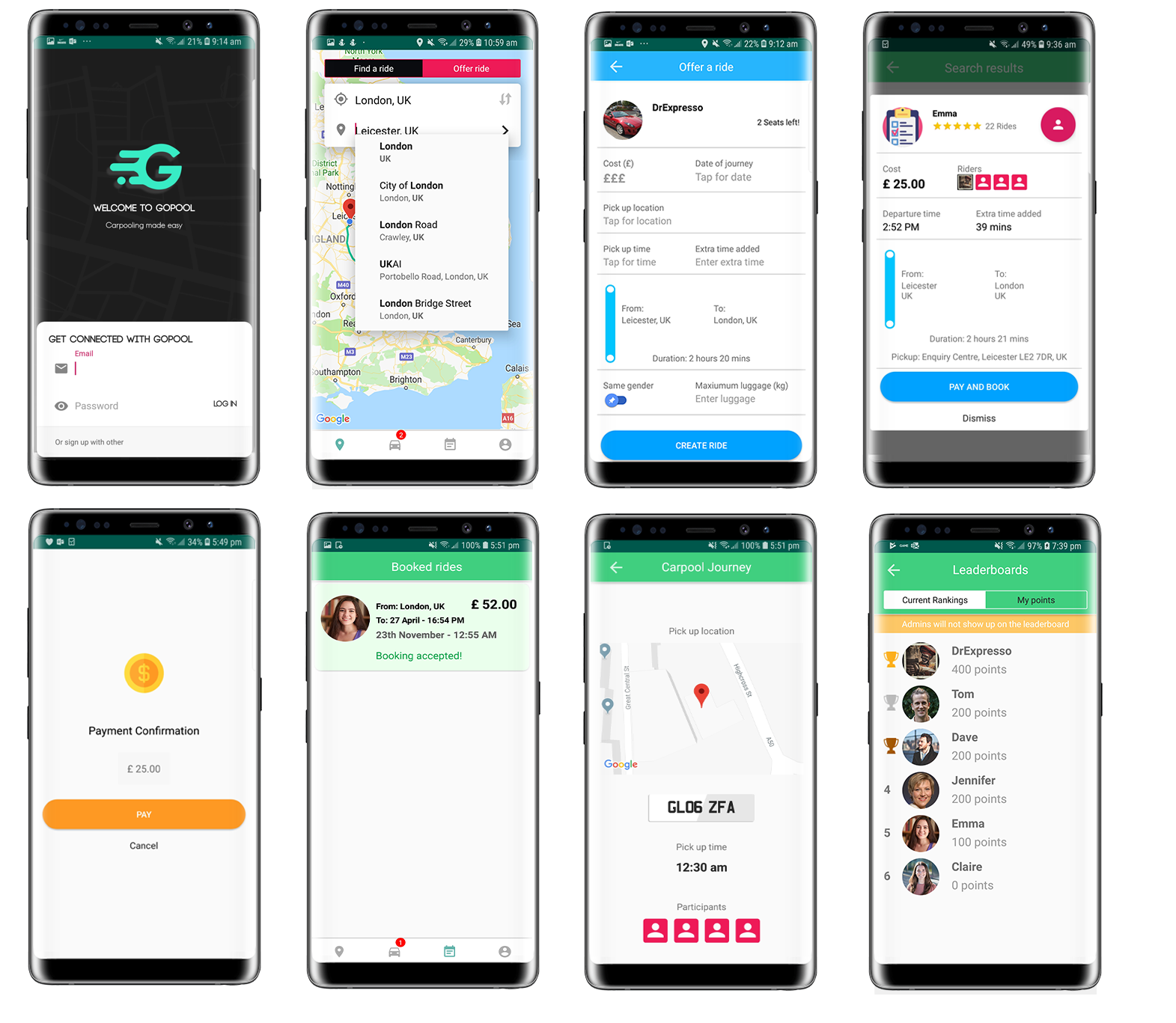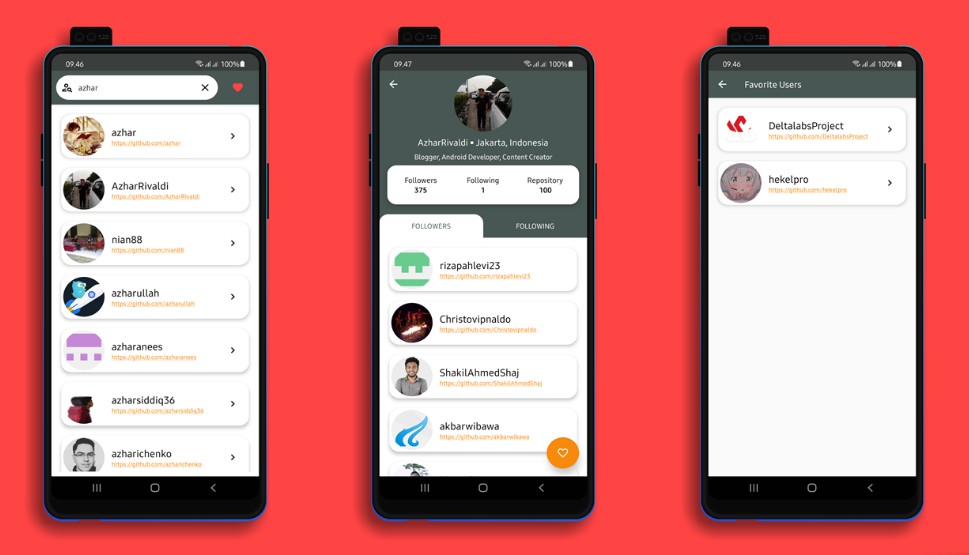
Here we'll be taking what we learned about rendering and handling input to make a dot move around the screen. If you need a constant frame rate when vsync isn't available, frame rate capping can be used as a fall back. Here we'll use the timers we built to measure frame rate. Here we'll extend SDL time capabilities to make our own custom timer.

Here we'll be using SDL's time capabilites. Here we'll be using SDL_mixer to add music and sound to our SDL App. We'll make our controller rumble when a button is pressed.

Here we'll learn to read input from a game controller.Īnother new feature for SDL 2.0 is rumble support using the SDL haptics. Here we will get the current state of the keyboard using key states. There are other ways to read the keys besides event polling. Here we'll learn to read mouse input using mouse events. Here we'll be rendering text from true type fonts using SDL_ttf. Here we'll be using SDL 2.0's new texture rotation and flipping. Here we'll be using a sequence of sprites to animate them. Here we'll be using SDL 2.0 new hardware accelerated alpha blending. We'll be altering the color of rendered textures using color modulation. We'll be using this to render individual sprites from a sprite sheet. Using clip rendering, you can keep multiple images on one texture and render the part you need. Here we'll use color keying to give textures transparent backgrounds. We'll be using the viewport to create subscreens. SDL 2.0 also lets you control where you render on the screen using the viewport. Here we'll be using it to render some common shapes. Here we'll be loading an image to render it using textures.Īnother new feature in SDL 2.0 is hardware accelerated primitive rendering. Here we'll be using the SDL_image extension library to load png images.Ī big new feature in SDL 2.0 is hardware accelerated texture based 2D rendering.

We'll also take a smaller image and stretch it to fit the screen.Įxtension Libraries and Loading Other Image Formats Now that we know how to load and blit surfaces, it's time to make our blits faster. Optimized Surface Loading and Soft Stretching Here we'll learn to handle keyboard input. Here we'll start handling user input by allowing the user to X out the window. Now that we can get a window to appear, lets blit an image onto it.

In this tutorial we will be setting up the SDL library and creating our first window. Follow Lazy Foo' Productions on Twitter: Follow of Contents


 0 kommentar(er)
0 kommentar(er)
